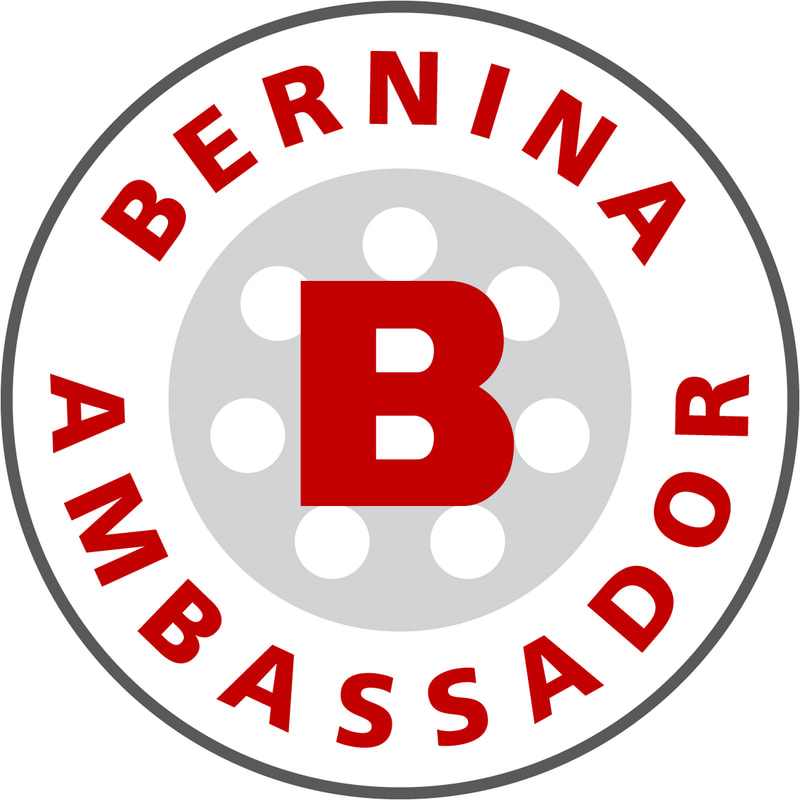An Introduction to How To Work the Intarsia Crochet Colorwork Technique Technique Intarsia Crochet
Click "Read More" link below for the full post. And we have to say, that definition sums it up quite nicely! Intarsia began, and continues to this day, to be a method of making shapes and pictures from little pieces of wood, marble, and… well… yarn! More specifically, and most importantly to us, is the fact that Intarsia Crochet (and intarsia knitting) is making a shape or picture that is double sided. More on that distinction in a moment… If you keep going down the rabbit hole of research and knowledge that is the internet, you will find lovely photos of wood inlaid benches and cabinets primarily from Italian churches as well as the evolution of the woodworking technique of intarsia into marble inlays in such places as the floors of famous/infamous Italian structures. Even without this dive into the deep end of research and exploration, it isn't a stretch of the imagination at all to see how folks with hooks, sticks, and lengths of wool came to emulate this technique and make intarsia their own. We would like to send a thank you back through the tunnels of time to those creative folks as it was their creative endeavors that have led us here to this tutorial on this very day. Ain't history grand? Now, before we go any farther, let's jump back here for a minute and touch upon that distinction we mentioned earlier about Intarsia Crochet being double sided. There are two main techniques for making colorwork pictures and graphic shapes in your crochet and knitting. They are Fair Isle and our subject for today's tutorial: Intarsia. Put simply, you can think of Fair Isle as stranded colorwork and Intarsia as double sided colorwork. Without going too far into it, Fair Isle Crochet (and Knitting) uses a technique where the strands of yarn are carried behind the work until they are picked up and used again in a stitch. This creates strands or floats on the inside of your work. It is beneficial when you are using a LOT of different colors or if you are making particularly intricate designs like reindeer prancing through a meadow of snowflakes with borders of Douglas Firs while gents and fair maidens carry buckets of who knows what round and round. Yes… I have owned that sweater… Intarsia Crochet (and Knitting) uses multiple lengths of individual color to create pictures or geometric shapes. No yarn is carried in strands behind the work so the picture you make looks the same on the front and the back of the piece you crochet. Why Use It? Intarsia Crochet is a clean, neat, and tidy way to add colorwork to your crochet pieces without the potential issues stranded colorwork techniques can present. For example, if you are making a sweater for little Joey or Susie and want to add a dinosaur to the front, you might be better off using Intarsia Crochet since you really don't want any tangley bits for small humans to get twined up in. Note: Yes, we know, there are ways to minimize the snag & tangle effect sometimes associated with stranded colorwork… don't send hate mail… we're just not addressing that topic today. In addition, if you aren't making a particularly intricate design (ala reindeer in snowflake meadow) there isn't any need to carry the strands of yarn across the back of your work. In fact, if Joey and Susie's dinosaur takes up most of the front of their sweater, if would even be a little nutso to float such long strands across the back of your work. You would be MUCH better served to utilize separate balls of yarn to represent your larger blocks of color as in the technique of Intarsia Crochet (and knitting). Finally, if you have a piece you are stitching up where both sides of the work are going to show (a scarf or an afghan, for example), you definitely should explore using Intarsia Crochet to create a clean double-sided fabric. To Work Today's Tutorial Here's a list of materials we used to make today's Intarsia Crochet tutorial. While you can, of course, use any materials you have on hand, these materials listed are what we recommend you use while you are learning. Yarn Used CYCA 4 Worsted Weight, 100% Pure Wool NOTE: You will need to wind off a separate length of the darker colored yarn for today's tutorial. We used two lengths of the darker colored yarn and one length of the lighter colored yarn. For the purposes of this tutorial, we call them First Length of darker colored yarn, length of lighter colored yarn, and Second Length of darker colored yarn. Hook Used H-8/5.00mm Crochet Hook Skillz Used Foundation Single Crochet – How To Make the Foundation Single Crochet Stitch Single Crochet Adding Yarn in the Middle of a Row of Crochet Fabric – How to Add Yarn In the Middle Of A Row of Crochet Fabric Break It Down
NOTE: Upon turning your work, you should take this opportunity to uncross your three lengths of yarn. This is a simple matter of turning your work then moving the two lengths of darker colored yarn to opposite sides of the length of lighter colored yarn… usually one over the length of lighter colored yarn and one under the same length of lighter colored yarn.
25. Keep repeating your color changes just as we have outlined here for a total of 12 Single Crochet rows. Make that last row across the top (Row 13) by just continuing along with the First Length of darker colored yarn. If you were making a larger piece (Joey and Susie's dinosaur sweaters?) you would continue on from here with your yarn and simply weave in those ends you see in the photo of the back of the swatch. When you have finished Row 13… TAADAA!! Here's the front of the finished Intarsia Crochet swatch… And here's the back of the finished Intarsia Crochet swatch… Granted… it's no dinosaur sweater (dang it… now I'm gonna have to make one of those for myself), but this introduction to Intarsia Crochet IS your gateway to dinosaurs, letters, number, pictures of your Aunt Mary, and any geometric shape you can dream up! We would highly recommend practicing quite a bit before attempting the crochet portrait of Aunt Mary… just sayin'… A Final Word (or two…) As with all new skillz, Intarsia Crochet colorwork will take some practice. Be patient, practice, and compare your work with the photos in this tutorial. You will get it and will soon be thinking up all kinds of creative ways to use Intarsia Crochet in your project! Dinosaur sweaters not your thing? Try using some colorblocking to liven up a solid-colored sweater or afghan pattern for a graphic touch that is VERY hot right now. Experiment! As we said, this tutorial is just a gateway to your own exploration of colorblocking, spelling out your favorite team on a scarf or afghan, or… yes… a dinosaur sweater for me… I know y'all will jump right on that one… And… hey… if you aren't happy with your experiment rip it out and go again! You'll get it! Thanks for dropping by for another Technique Tuesday! Our aim is to build the skillz of our FAB fiber community here on the web and it's always FAB to hear from you all that what we are doing is helping you and your fiber friends. Check back often or, better yet, click on that RSS Feed button over there in the right-hand column of the page you are on right now. That way you will always be up to date and never miss a thing! Stitch On! S&J Oh hey… before you go… Here are a few more pages we thought you might be interested in. Click on any of the photos below… enjoy! And be sure to look us up on Facebook, Twitter, and Pinterest by clicking on one of these icons.
8 Comments
Cintia
9/6/2015 05:44:14 am
This is the best intarsia tutorial I've come across. Will definetly try this technique, I just wonder how hard it would be to make a super colorful piece, which is my thing...
Reply
Peggy
8/2/2016 10:06:33 pm
I recently started a corner-to-corner "graphghan" with lots of color changes and found this tutorial super helpful! Is it advisable to always bring the non-working yarn to the front when changing colors? I have seen some tutorials that say to always bring the non-working yarn to the wrong side of the finished piece, so that all the tails to be woven in will be on the same side at the end.
Reply
Karen
8/8/2016 11:31:30 am
Thank you!! This is exactly the technique I was looking for and your directions made it so clear! Thank you again!!!
Reply
Cheryl Taub
8/18/2016 04:14:17 pm
This was excellent, the best I've seen. Easy to understand and great photos. Thank you so much.
Reply
Anna
3/1/2017 05:11:58 am
I don't normally comment on websites, but I felt that I had to. I have been struggling through YouTube videos trying to learn the intarsia technique, but this was the first place that was finally clear enough for me to understand. In addition to that, your writing isn't monotonic and boring, but you add in enough humor to keep me interested and even smiling. I love this article! Thank you!
Reply
diane
1/14/2018 12:48:46 pm
Straight lines are good but I would love to know how you handle the intarsia when the stitches of the light color extend 4 or five stitches from the dark color and the pattern constantly changes the amount of the lighter color and darker color.
Reply
Elizabeth Bodner
12/5/2020 02:47:14 pm
That's my question too. Reducing stitche length or increasing the length is a problem. For some reason I cannot recognize the right side from t he wrong side. Loved your pic tutorial....
Reply
Diane
1/14/2018 07:16:35 pm
I tried using your tutorial, along with another tutorial, and it worked out really well. I appreciate the step by step, clear directions. Thank you!!
Reply
Your comment will be posted after it is approved.
Leave a Reply. |
AuthorShannon and Jason Leave us a tip to help us do what we do!
Archives
May 2024
Categories
All
|

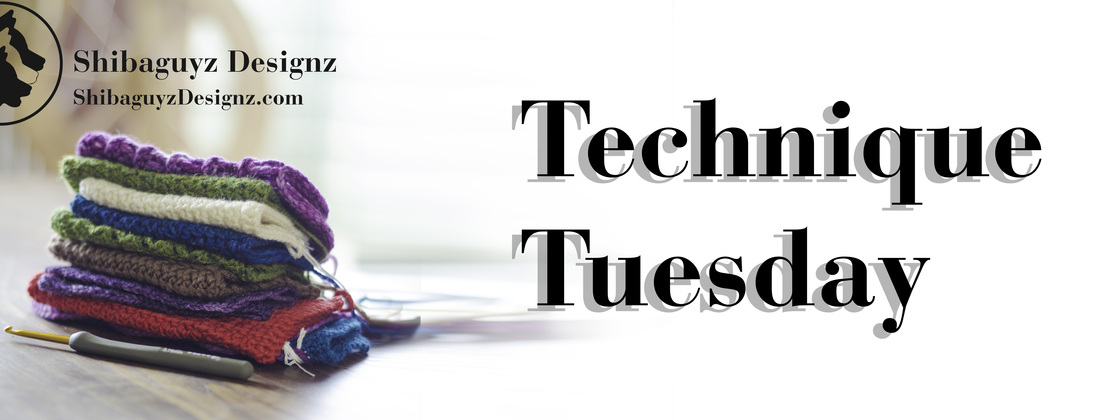
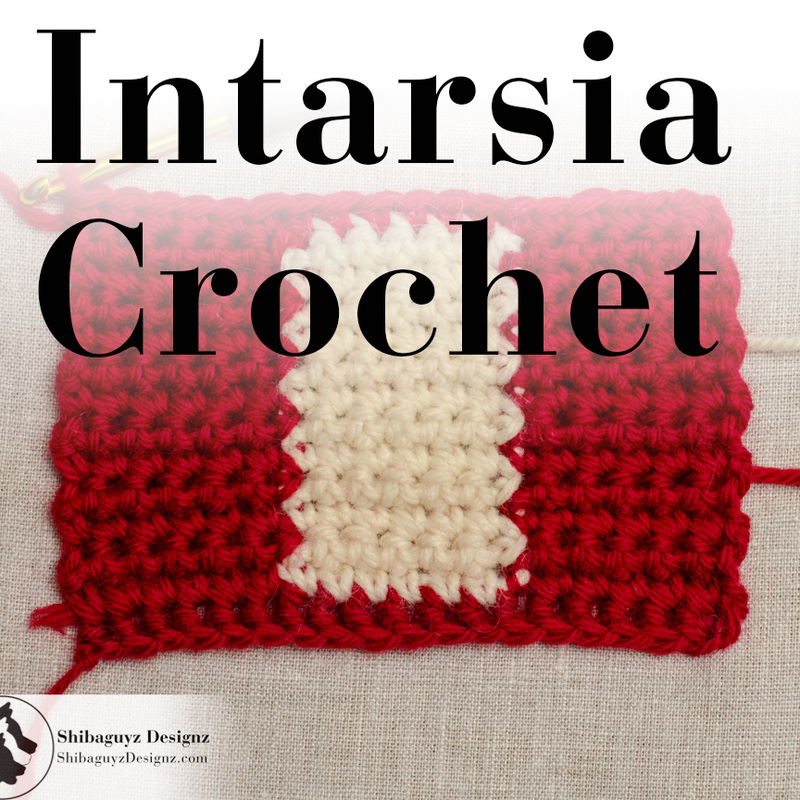
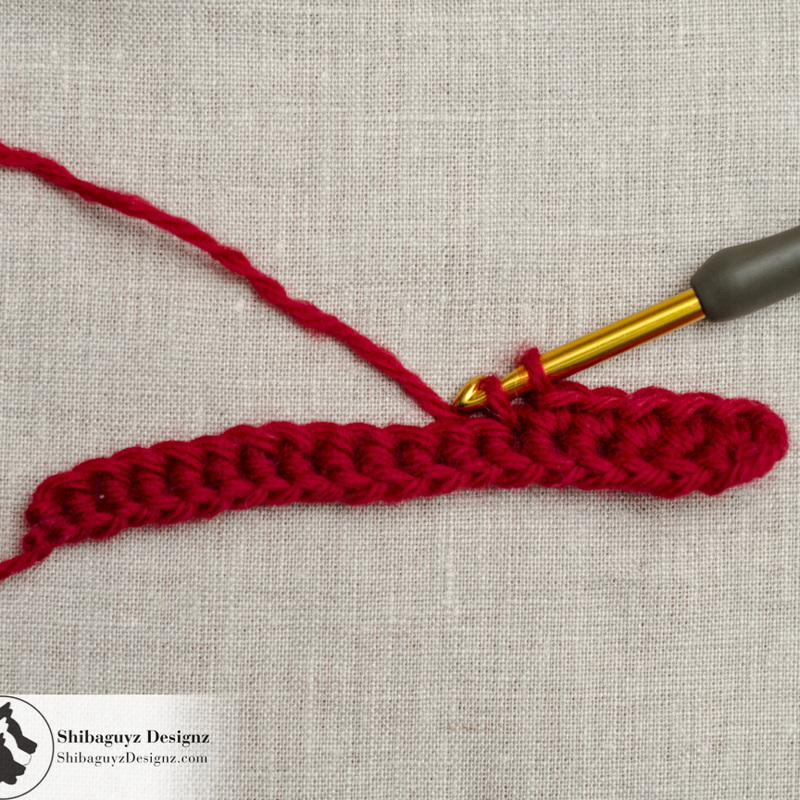
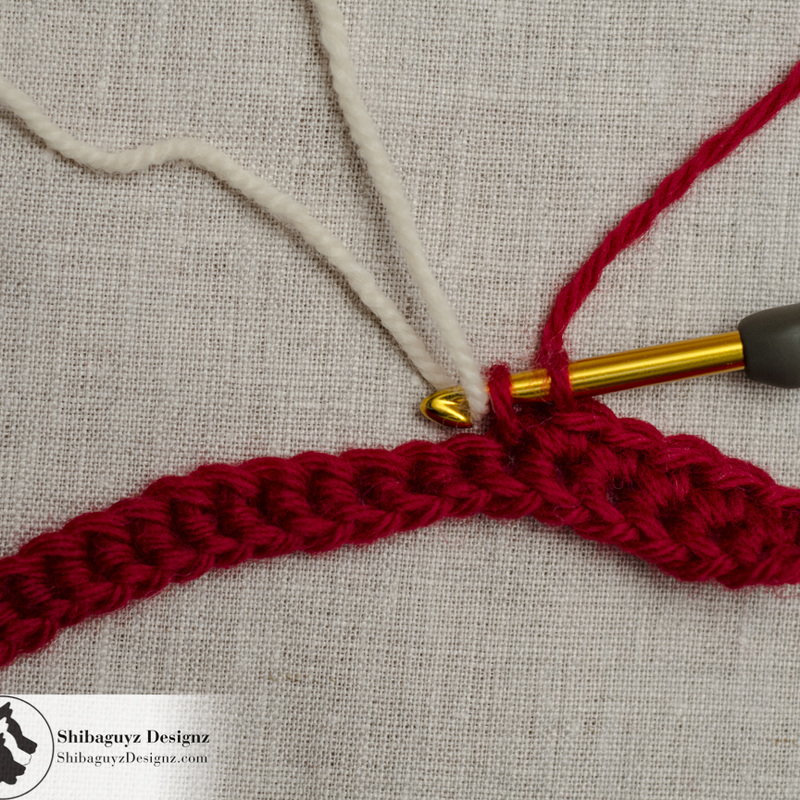
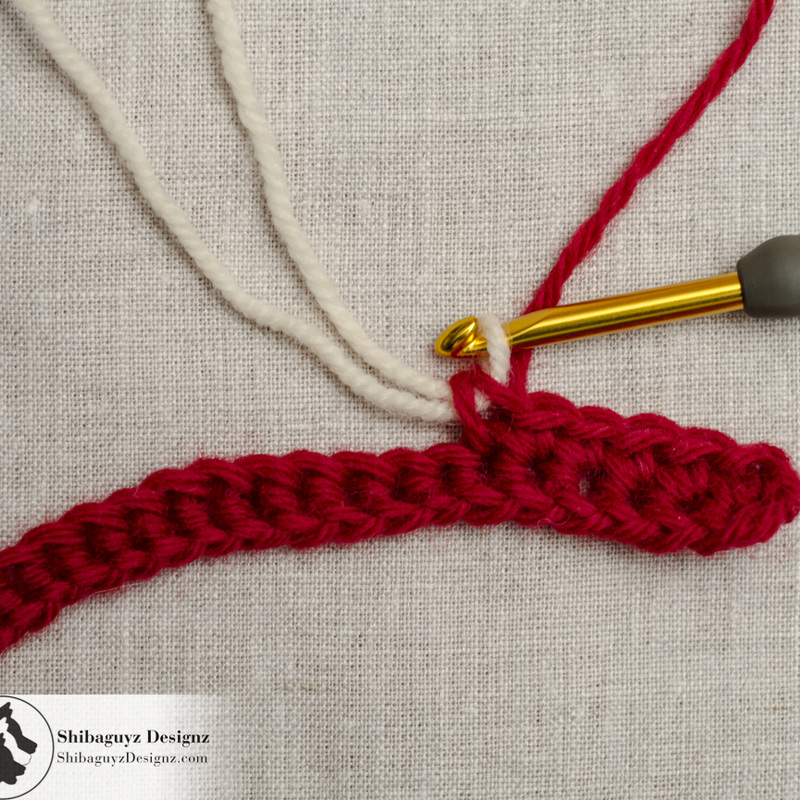
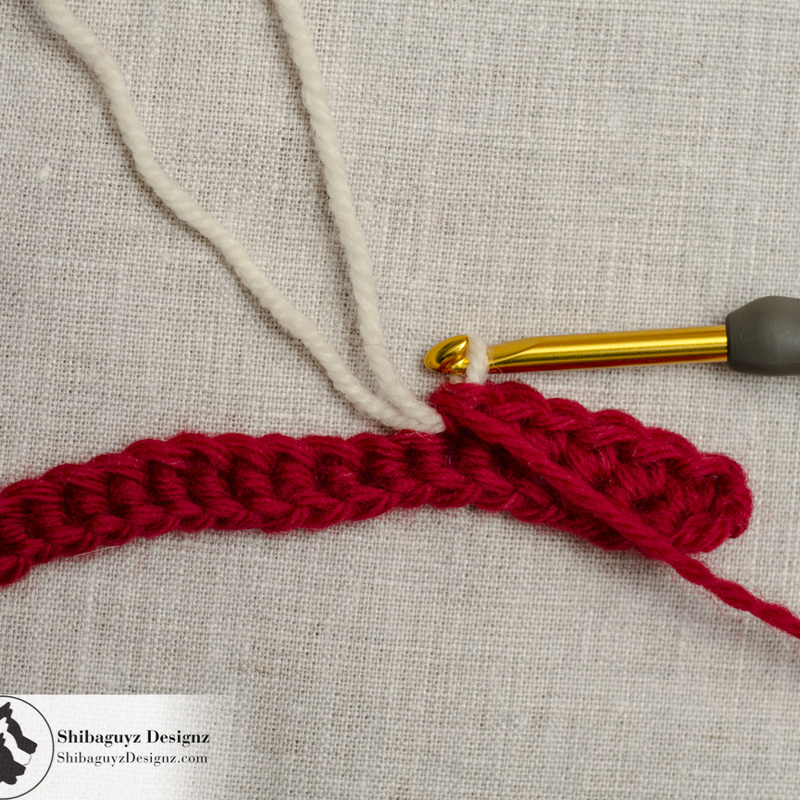
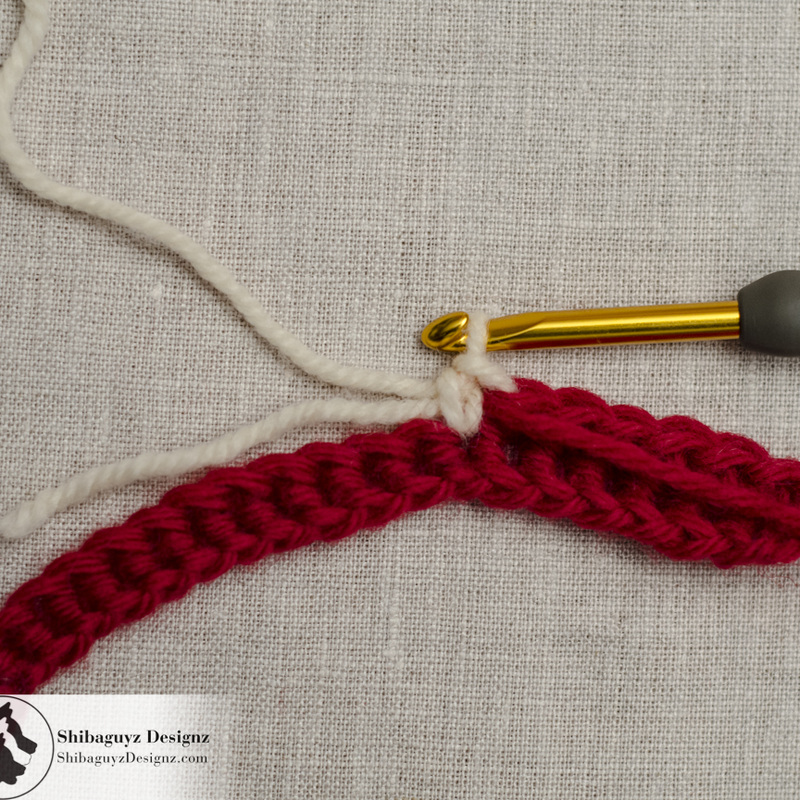
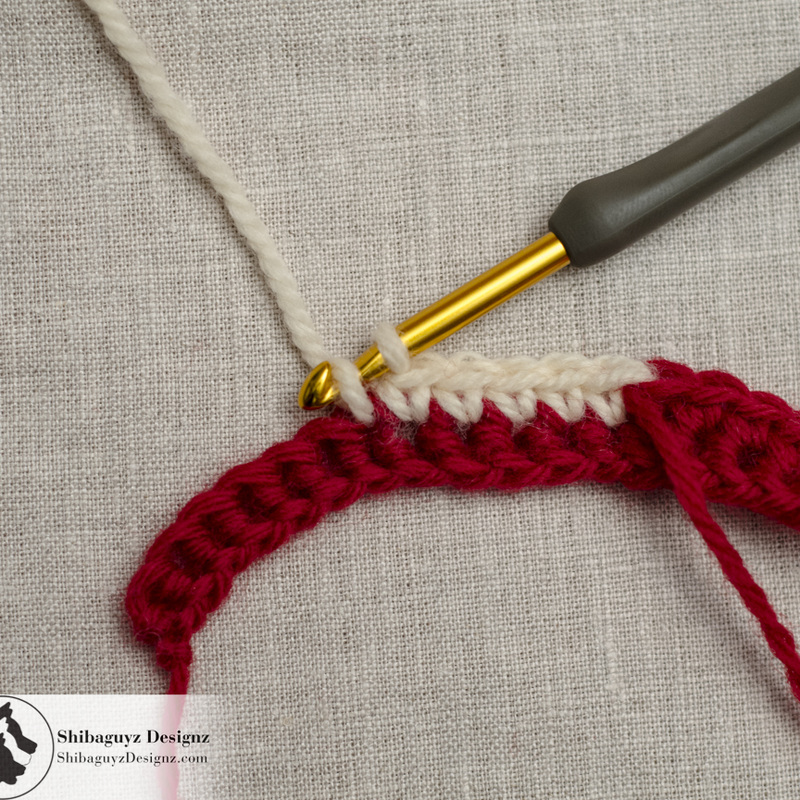
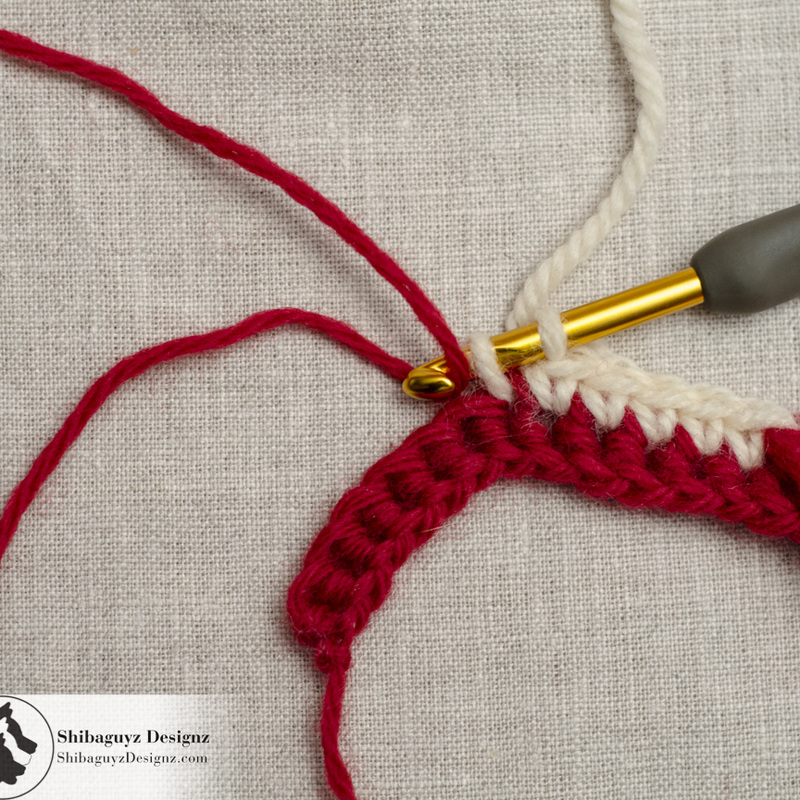

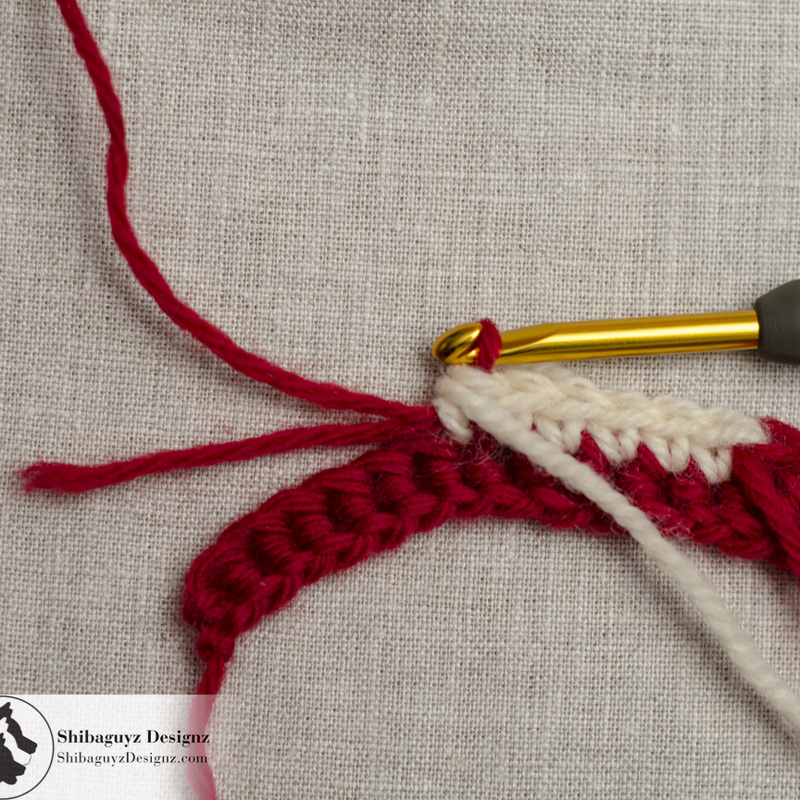
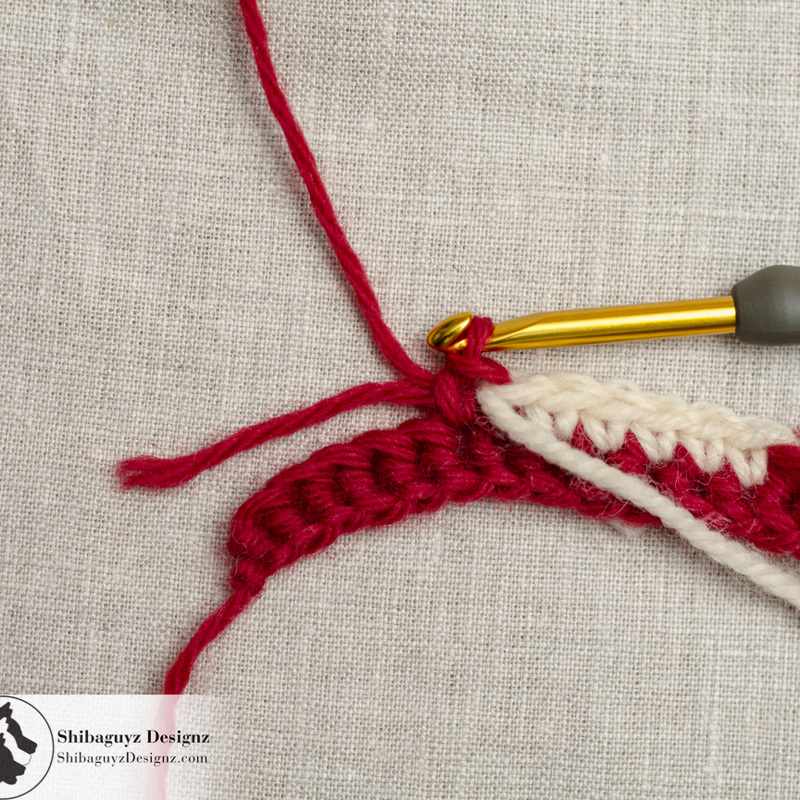
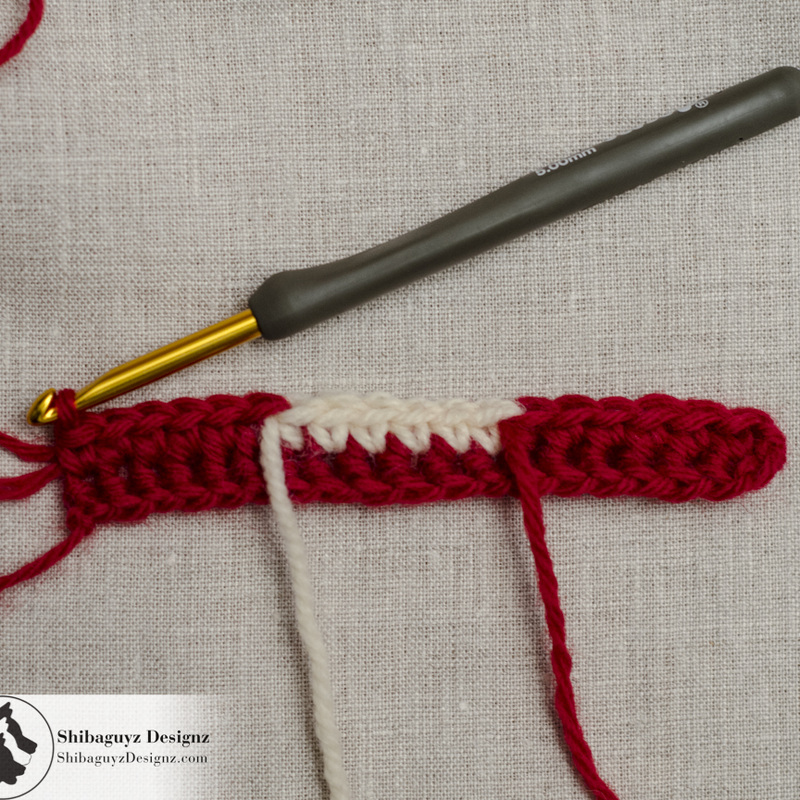
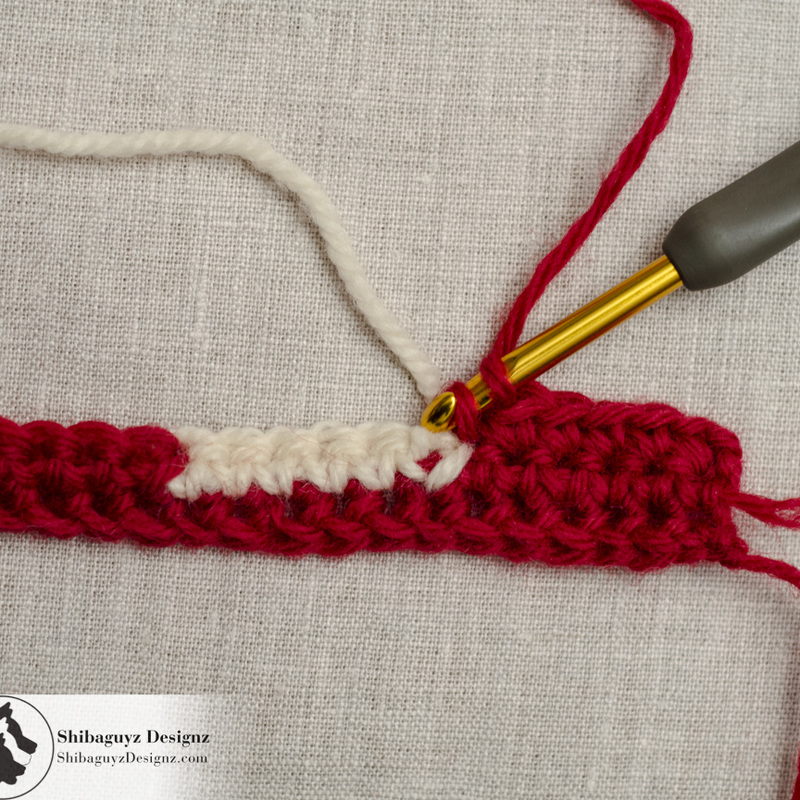
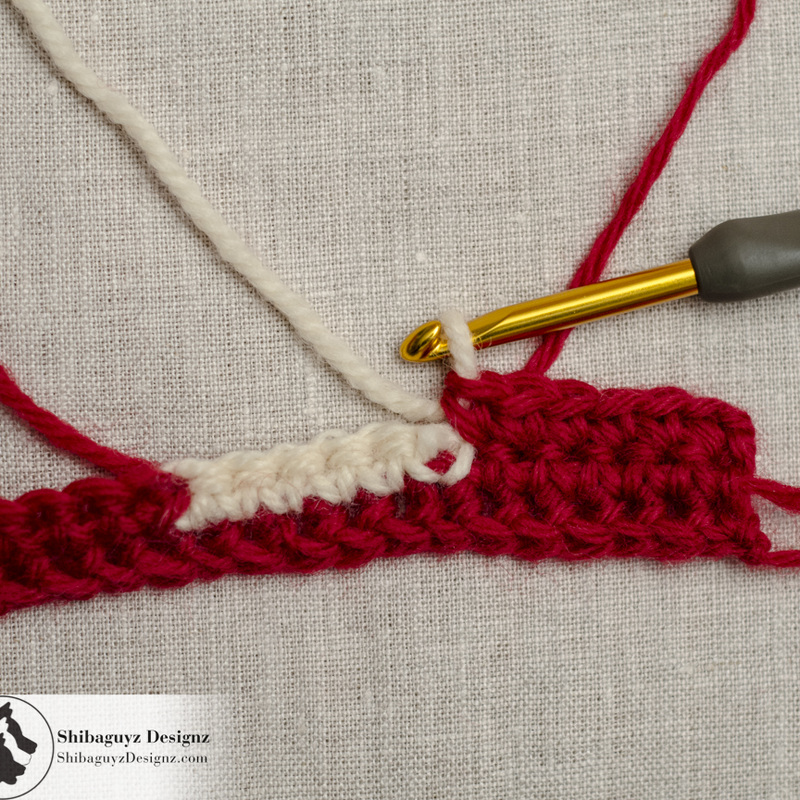
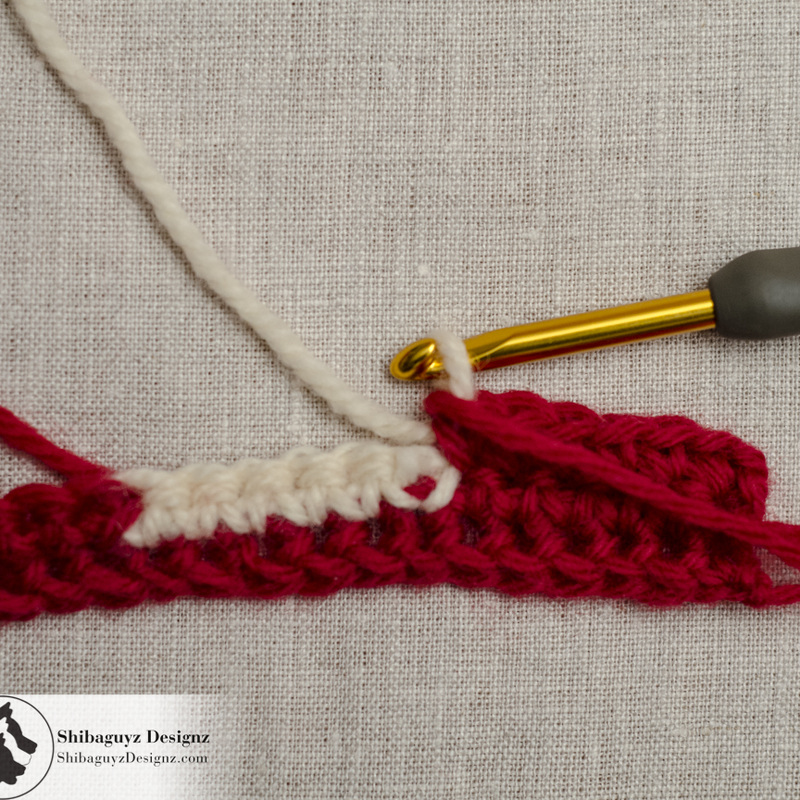
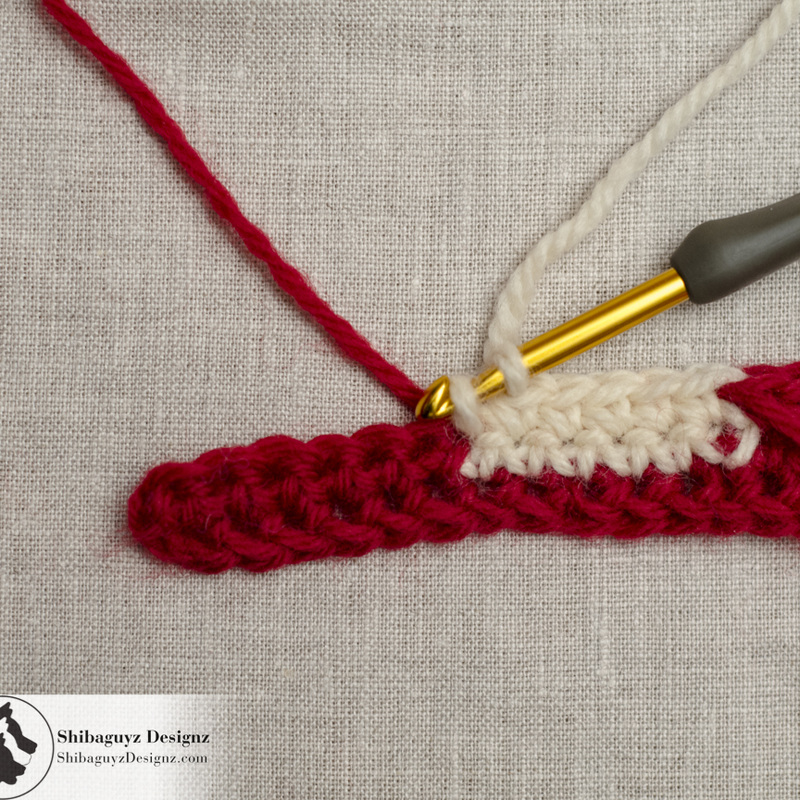
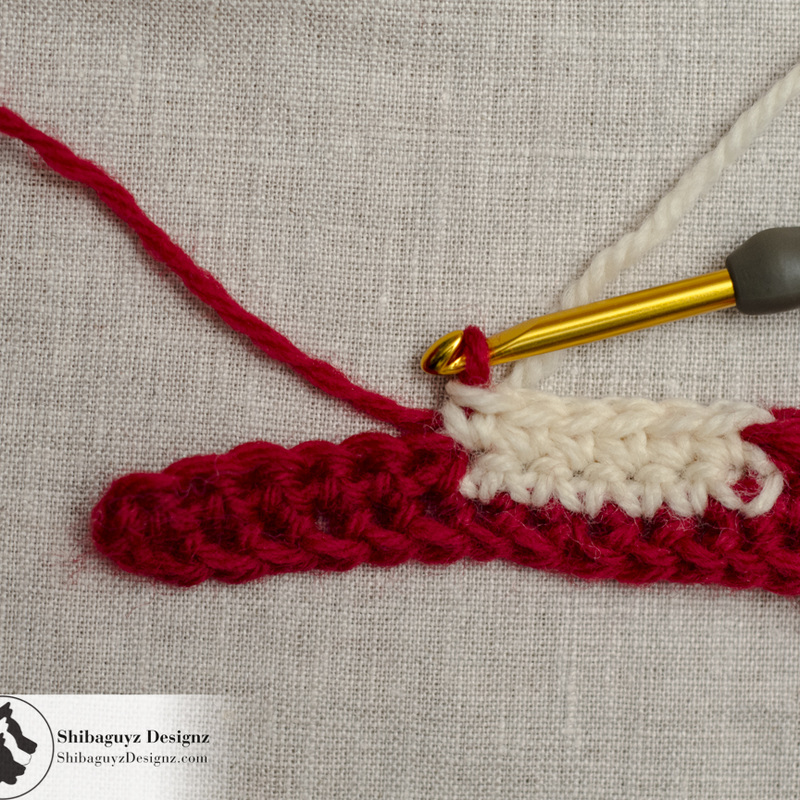
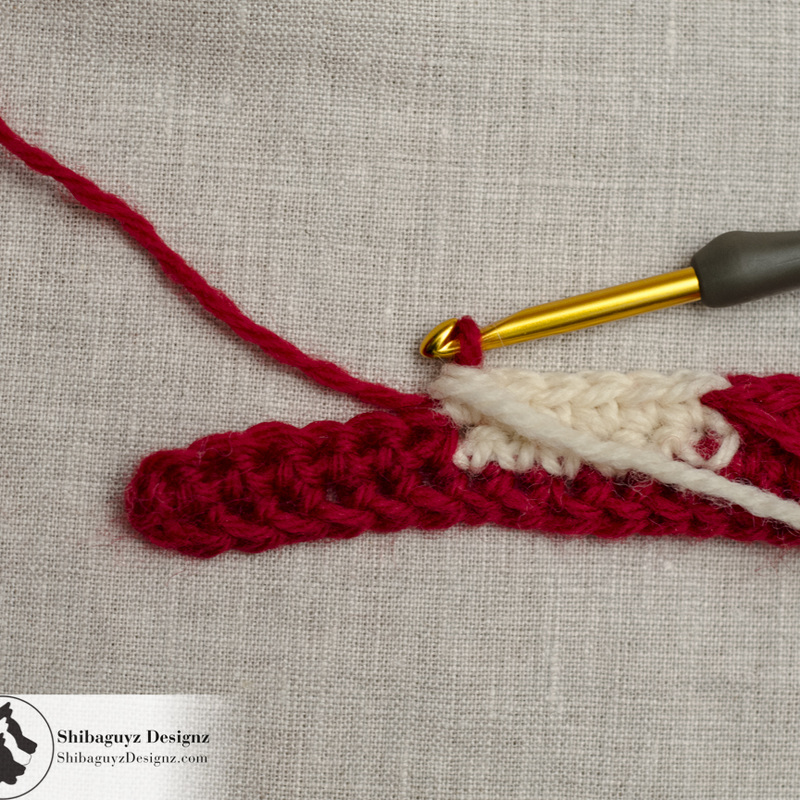
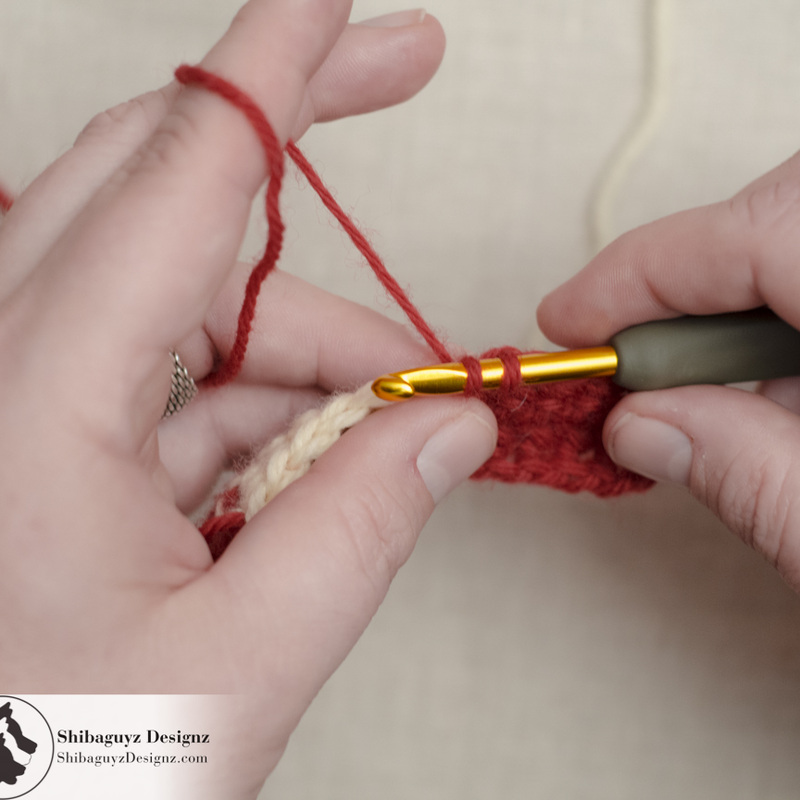
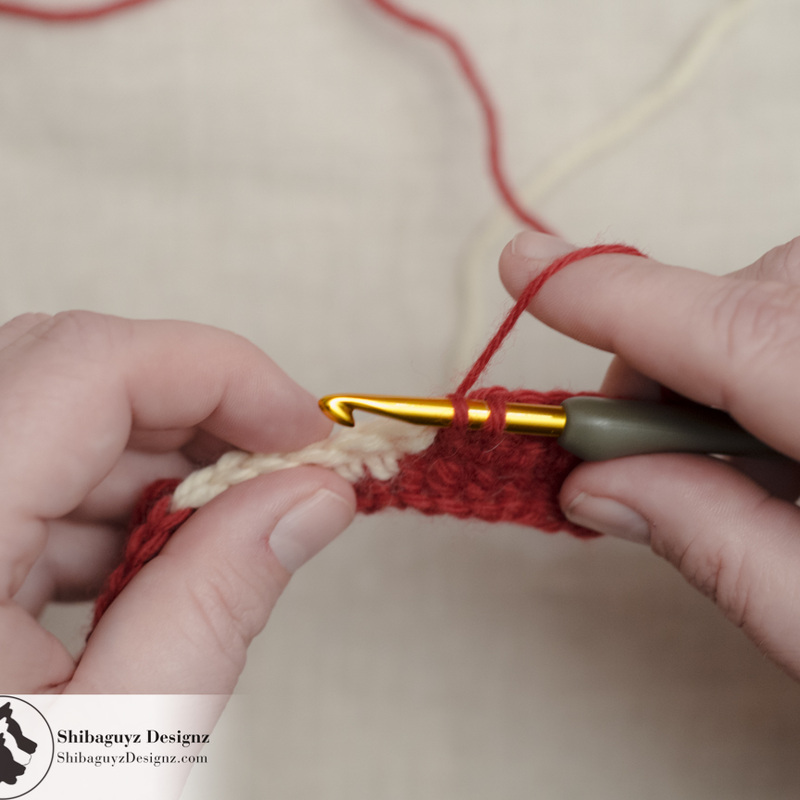
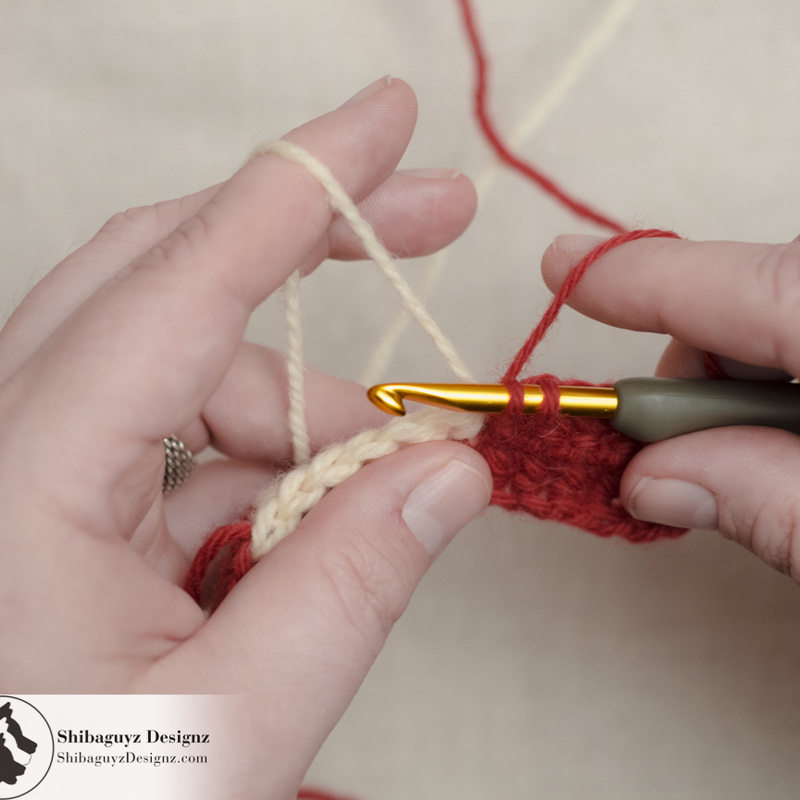
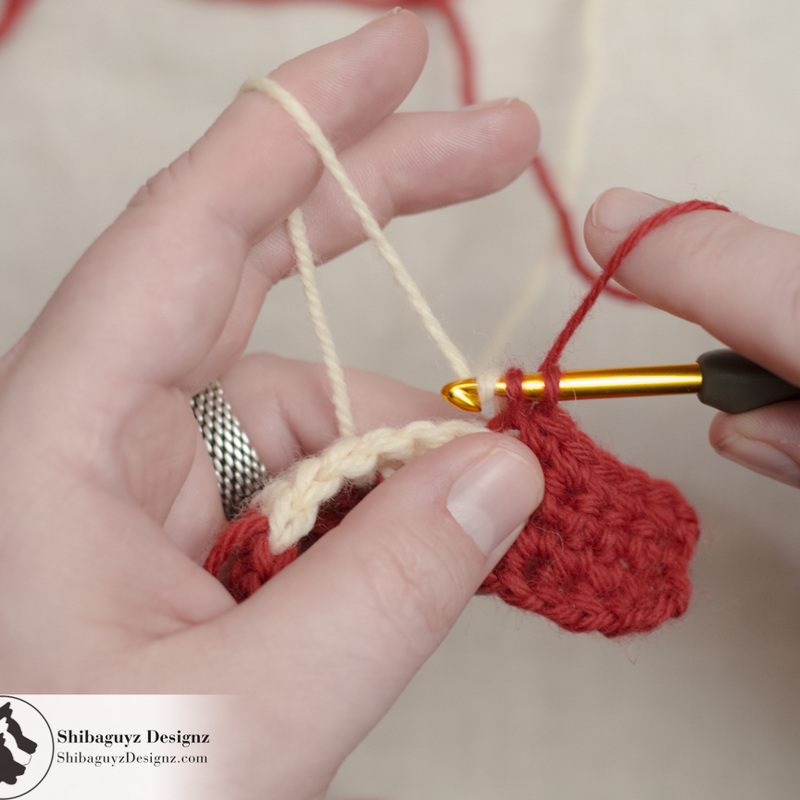
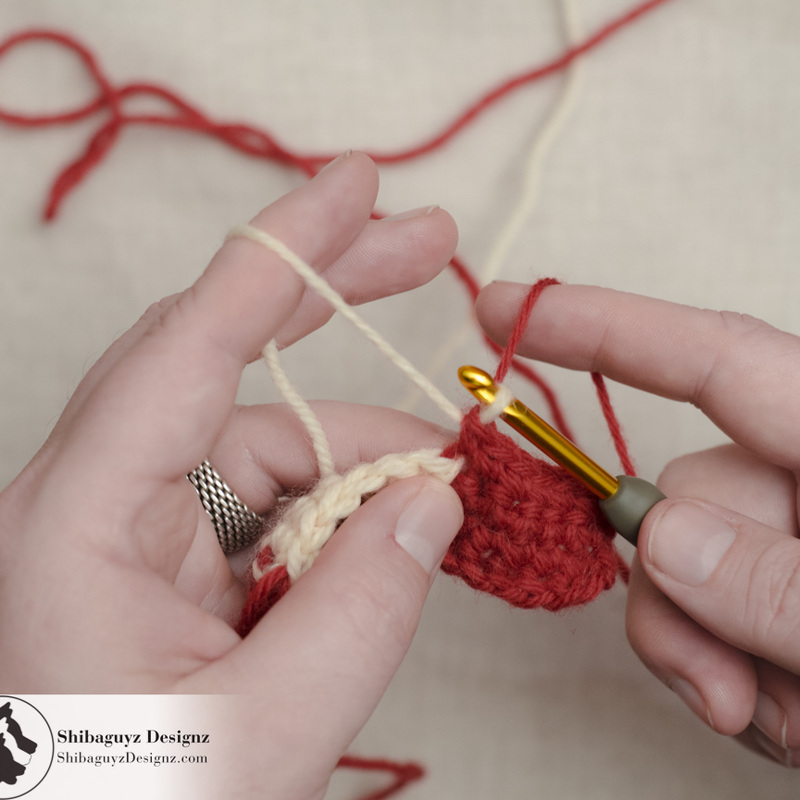
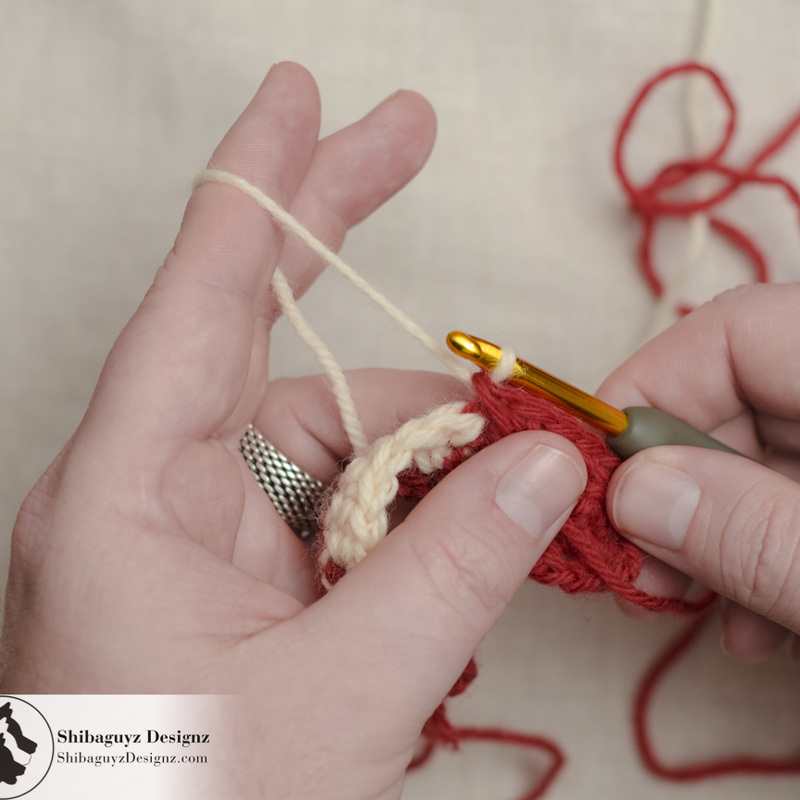
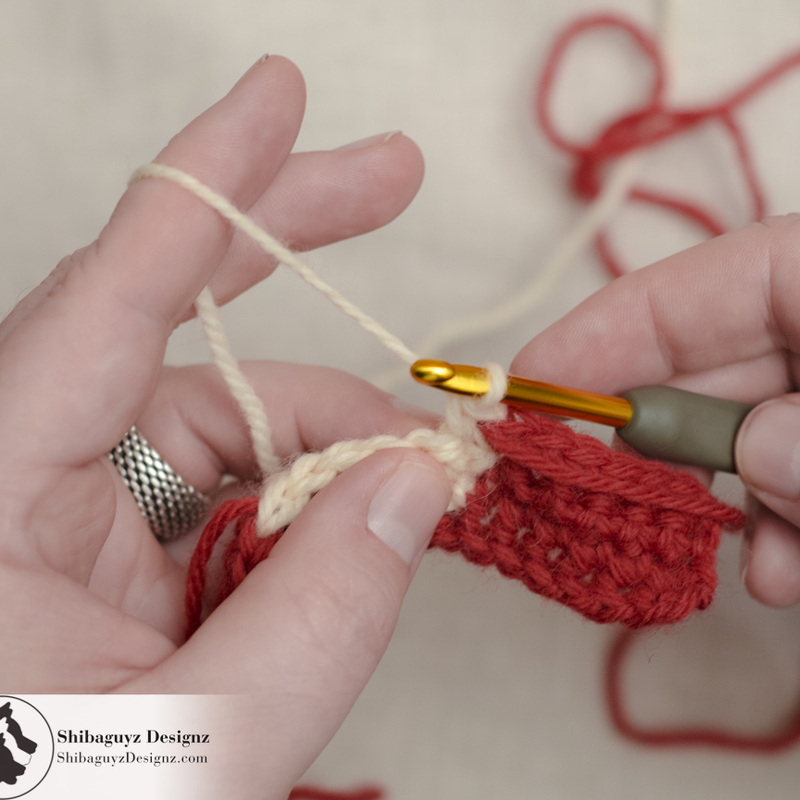
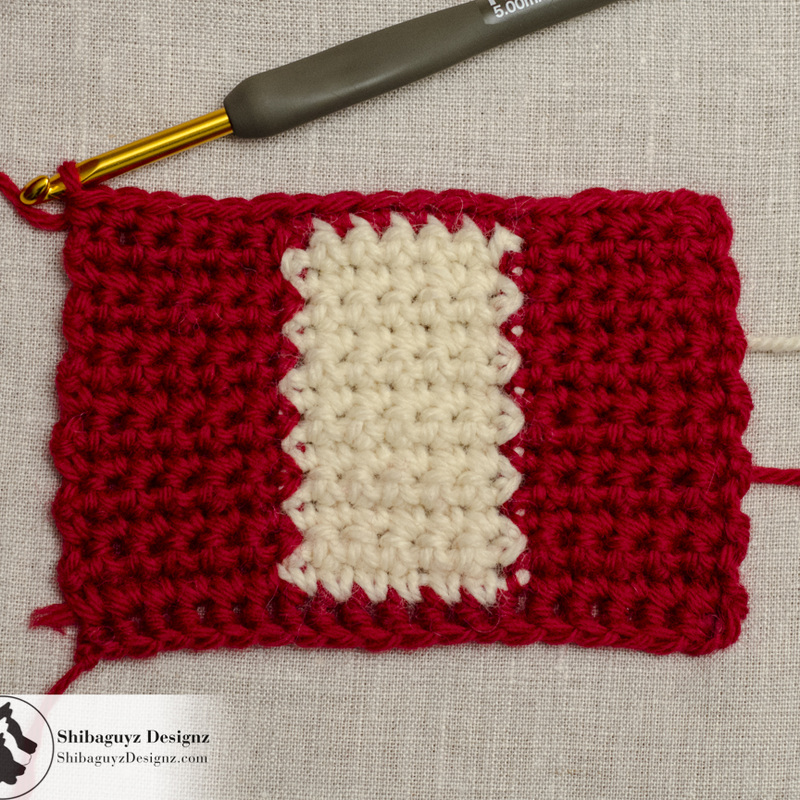
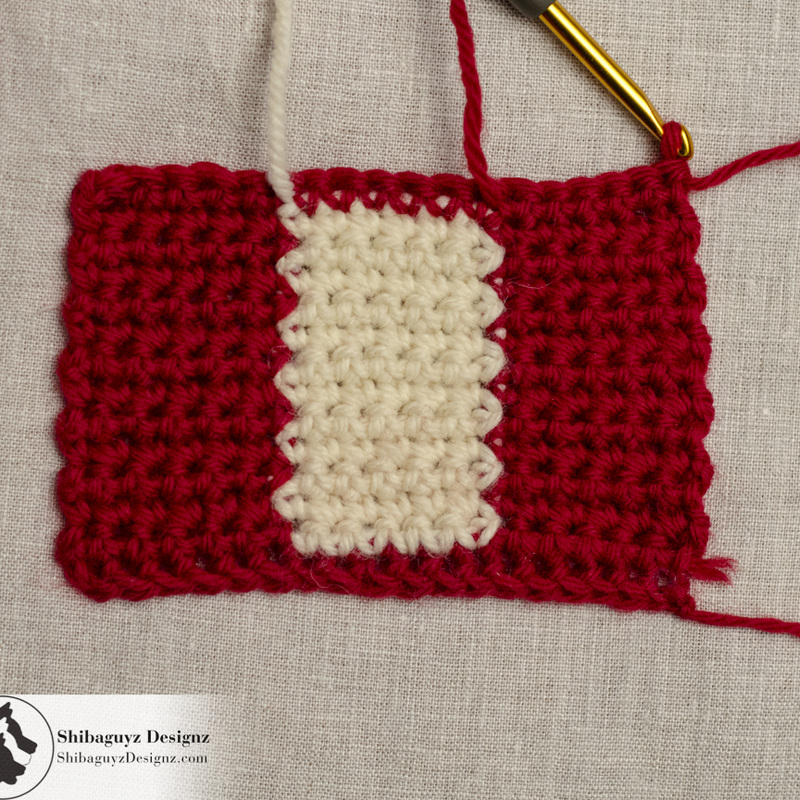
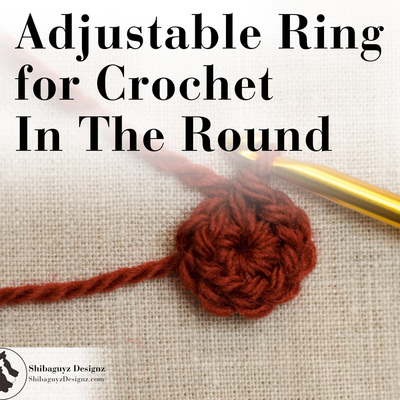
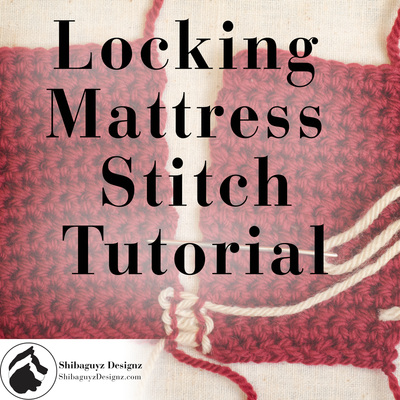
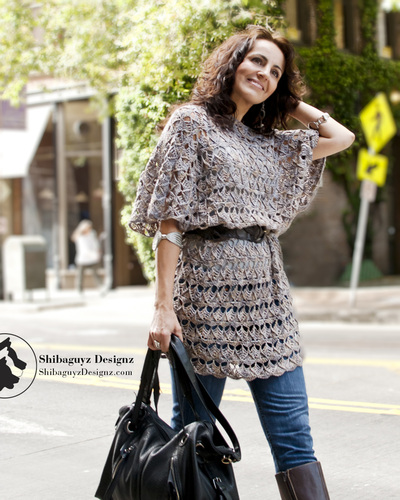
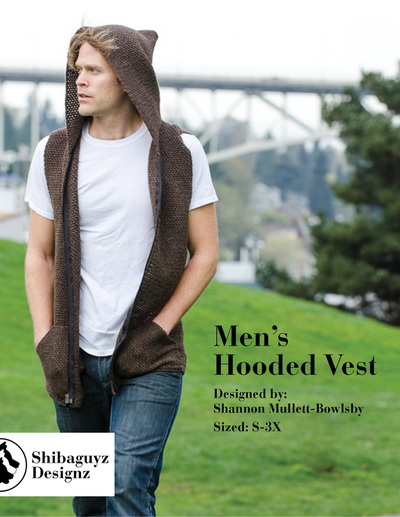
 RSS Feed
RSS Feed

